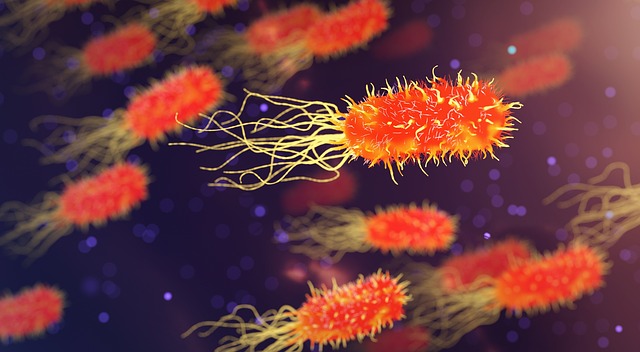
In microbiology, even in food microbiology it is important to know the differences between certain classes of microorganisms. One important grouping concerns the prokaryotes which are classified into either bacteria or archaea.
The archaea are generally thought of as a much older group of organisms. The main differences are:-
- They are not inhibited by antibiotics, unlike the bacteria.
- They do not have peptidoglycan in their cell walls. Bacterial cell walls contain peptidoglycan or murein.
- They are extremophiles which means they thrive in ‘extreme’ conditions which bacteria cannot survive in. In a number of species, some live well above 100 Centigrade or in environments where they can metabolise methane and sulphur based compounds. These properties have been cited for their extreme age and may well have thrived on the Earth before the bacteria evolved.
- Bacteria have just one ribosomal RNA polymerase (rRNA) whilst the archaea possess three ribosomal RNA polymerases. In this respect they are similar to eukaryotes.
Visited 59 times, 1 visit(s) today
Nice little article. It was a question on an exam paper not that long ago. I think there is a much more detailed answer that you can go into on this but when it comes to microbiology we will probably be rethinking our views on Archaea in a few years time. Really fascinating group of organisms with a lot of potential. Just think of the halophytes in this group.